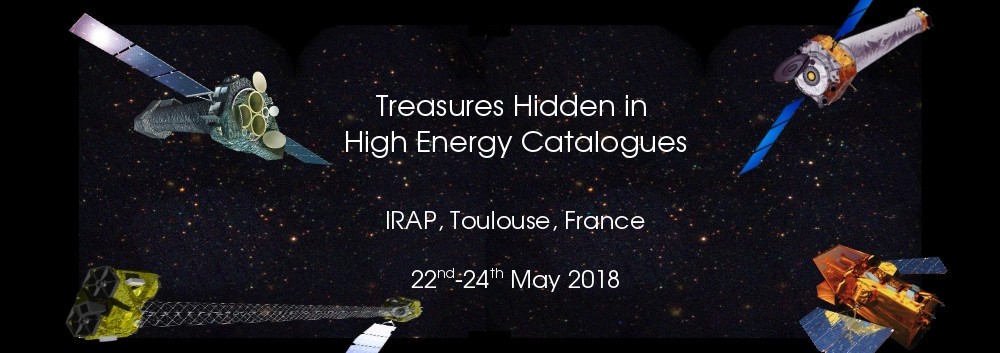The identification of neutron stars is usually done either in radio waves or in X-rays. Population synthesis studies in our Galaxy predict the existence of millions of neutron stars. Yet we only know about around 2000 radio pulsars and about 200 X-ray sources are known to be neutron stars in our galaxy. X-ray catalogs with past and current instrumentation (XMM-Newton, Chandra, etc.) and wide-coverage surveys (ROSAT All Sky Survey) contain many unidentified X-ray sources. Among them are probably many neutron stars that are difficult to identify based on their X-ray properties alone. The optical counterpart of these unidentified X-ray sources may help obtain the information necessary for their classification, and therefore discover previously unknown neutron stars. I therefore performed a cross-correlation of catalogs in the X-rays (XMM-DR7) and visible domain (GAIA) using the algorithm NWAY (Salvato et al. 2017) which uses a Bayesian approach to identify the most likely matches. A careful selection of the numerous matched pairs can then be done using various properties (X-ray spectral hardness, X-ray to visible flux ratio, etc.) in order to extract the most interesting candidates. In this poster, I will summarize the results of this cross-correlation analysis and present some of the most interesting findings.



